6 full-size alternatives to muscle cars
Plenty of cars from the ’60s and ’70s offer beautiful designs and gutsy power plants but don’t neatly fall into the muscle car category. In the past, we’ve offered up some more affordable, midsize alternatives to the typical muscle car. This time, let’s delve into some of my favorite full-size cars from the era. Sure, they were bigger and heavier than their drag strip–hero counterparts, but they brought some big V-8 power to bear.
These cars were often the premier models in their showrooms. They featured a plusher interior and often prioritized a smoother ride. While their rowdier muscle car brethren featured some of the same power plants in smaller, lighter packages and dominated the drag strip, these cars were built for the highway and are still perfectly suited for weekend cruising or road-trip duty.
Whether totally stock, lightly resto-modded, or fully customized, here are six full-size hardtops that are overdue for some adulation. Translation: When you can find them, these fantastic cars are often a bargain.
1970 Ford Thunderbird
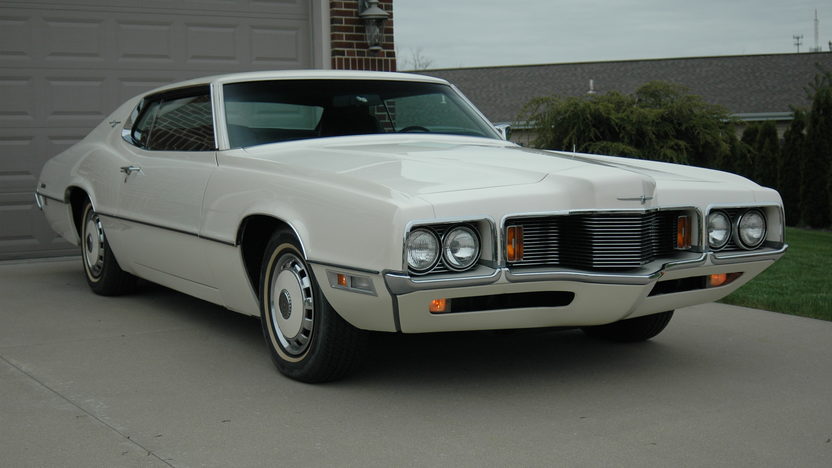
How have these cars flown under the radar for so long? From the front three-quarter view they look long and low, with a jutting grille that resembles the mid-size Mercury Cyclone. However, its rear three-quarter view is among the best of any car built during the decade. The roof is so low it looks chopped, and the taillights frame the car perfectly.
Barrett-Jackson sold a customized 1970 Thunderbird at its 2019 Las Vegas sale—the purple car you see above—that had the front of a 1967 Thunderbird seamlessly grafted on. The hidden headlights were a fantastic addition, but even in stock form they look amazing. The custom version, absolutely regal in metallic purple, went for $55,000. A well-preserved model will cost much less.
Power came from a 360-hp 429-cubic-inch V-8, and while a Boss 429 would be killer, the Thunderbird’s engine bay should be a bit more accommodating of the massive engine than the Mustang’s.
1969–70 Buick Wildcat
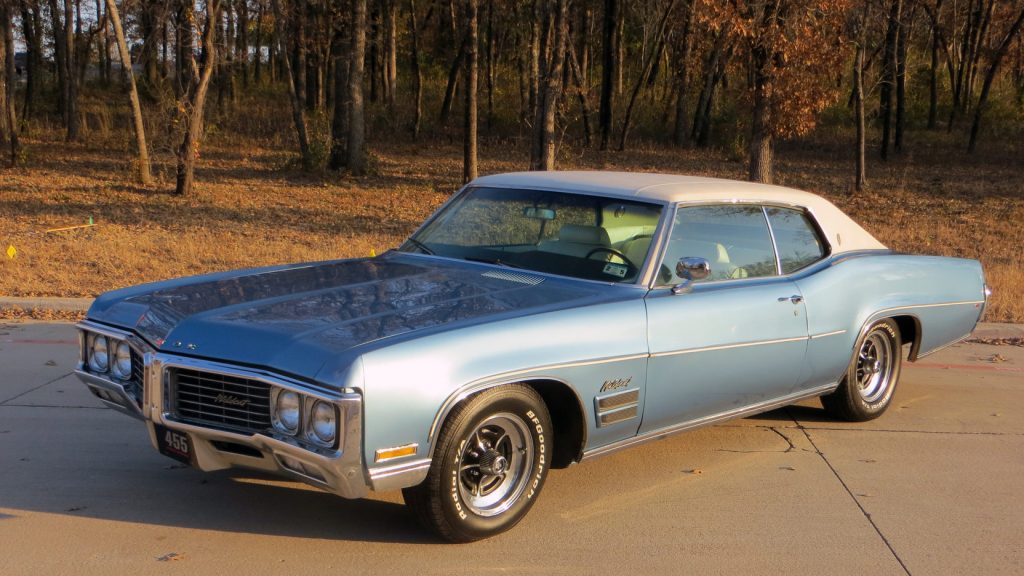
We’ve sung the praises of the Buick Wildcat before, but here’s the chorus one more time: The Wildcat offers up a lot of the performance of the Impala SS, without the premium price that comes with the collectibility of the “SS” badge. It brings fantastic looks, solid big-block power plants, and smooth cruising. The only problem is that they don’t come up for sale as often as their more popular B-body platform mates.
That said, because Wildcats have the benefit of riding on GM’s long-lived B-body chassis, OEM brake and suspension upgrades are simple and affordable. Spindles and calipers for big disc brakes can be found on junkyard ’90s Caprice cop cars or Impalas. Rear axle brake upgrades are just as simple.
The 1969 models with Buick’s 360-hp, 430-cubic-inch V-8, or 1970 models with the 370-hp 455, are still affordable and look every bit as good as their Chevrolet counterparts.
1969 Pontiac Bonneville
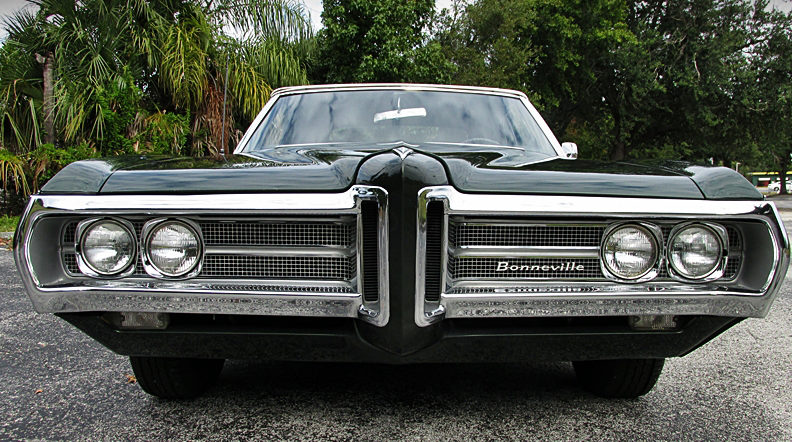
The Pontiac Bonneville could be ordered with a more formal roofline, like the one found on the Grand Prix, but with the more traditional lines of the LeMans. The result is an upscale car without the polarizing nose of the Grand Prix. (That look would come to the Bonneville the following year.) I also love the rear view of the Bonneville, with taillights that almost drape over the rear of the car, as they would a year later with the Thunderbird.
Pretty much everything I mentioned about the Wildcat applies to the Bonneville, as it also rides on GM’s B-body chassis. The difference is that the Bonneville got Pontiac’s potent 390-hp 428-cubic-inch V-8. What’s not to love about this pavement-pounding full-size?
1970 Mercury Marauder
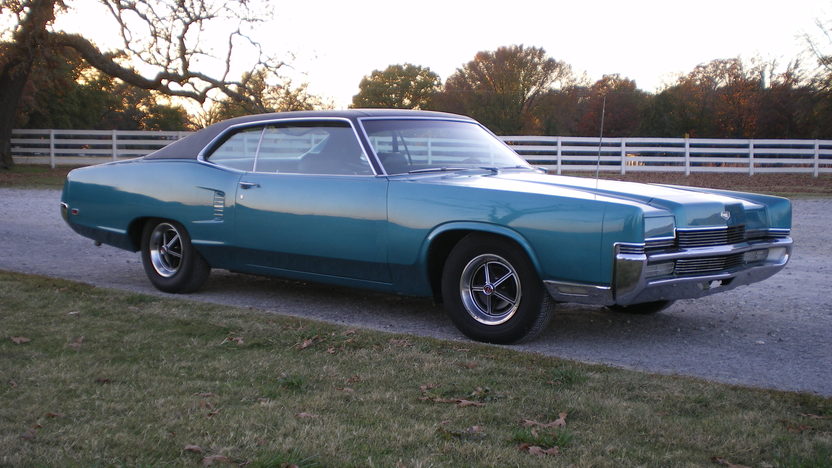
Mercury’s take on the personal luxury coupe for 1970 seemed a bit more forward-thinking than its Ford Thunderbird counterpart. Its squared-off leading edge was more formal and anticipated the look of future American cars, yet it boasted a sporty fastback roofline. The overall package is a perfect amalgam of luxury and sportiness. Bonus points for hidden headlights.
Under the hood was Ford’s familiar 429, again in 360-hp trim. That’s modest power by today’s metrics, but even full-size cars of that era weren’t terribly heavy. Bump the displacement to 460 cubes or more, add a roller cam, massage the cylinder heads a bit, and you’d have all the makings of a sleeper.
1972 Plymouth Gran Fury
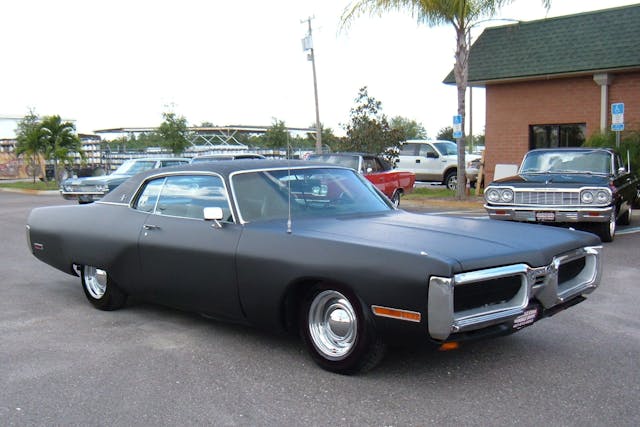
Mopar’s C-bodies adopted “fuselage styling” in 1969. Dozens of unique Plymouth, Dodge, and Chrysler coupes, sedans, and wagons adopted this look, with varying success. Overall, the 1969–73 C-bodies have aged nicely. The Chrysler 300, particularly the 1970 Hurst variant, is a standout. Unfortunately, its 375-hp 440 big-block comes with a premium. They’re rare and pricey.
In contrast, the 1972 Plymouth Gran Fury is a relative bargain. Its massive, full-width chrome bumper was divided into two openings. It looks like it could eat a 1970 Coronet and spit out its slant six in disgust. Not subtle or understated—exactly why the Gran Fury rules.
1968 AMC Ambassador
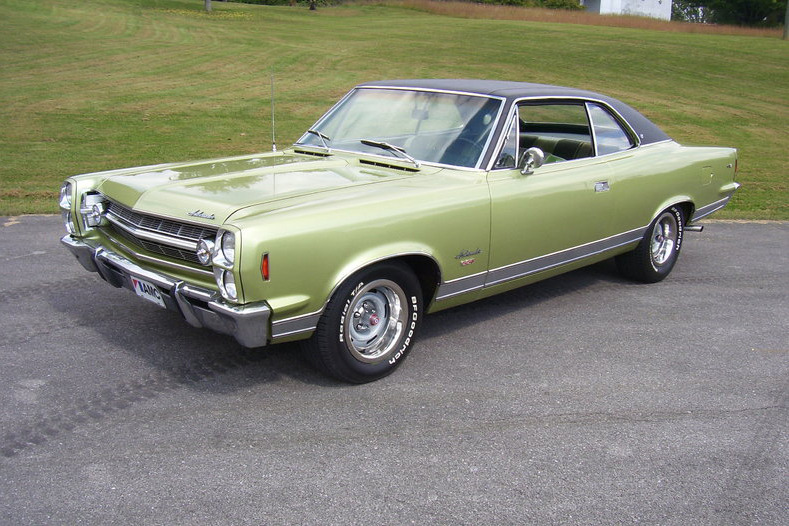
Last but not least, we have the AMC Ambassador. Perhaps the most overlooked full-size on this list, the Ambassador has gorgeous lines and offers up a 390-cubic-inch V-8 engine. I just love the bulges in the fenders and quarter panels that match the bumpers, and the stacked taillights that almost mirror the headlights. The next-generation Ambassador, with its beautiful roofline, deserves an honorable mention, as well. It, too, had 390 power initially, giving way for the 401.
You won’t have trouble rebuilding or hot-rodding an AMC V-8 to keep up with any of the other V-8s on this list, but an Ambassador might prove trickier to restore. It still sounds like a worthwhile endeavor, especially for an AMC loyalist.
***
Check out the Hagerty Media homepage so you don’t miss a single story, or better yet, bookmark it. To get our best stories delivered right to your inbox, subscribe to our newsletters.
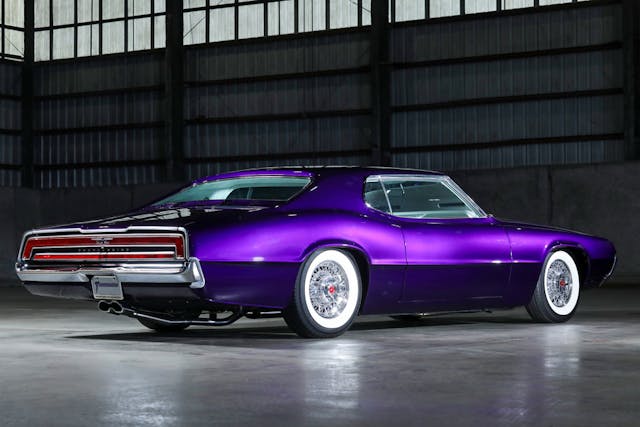


I was half expecting to see the ’71-’73 Buick Riviera on your list . . . as well as the Pontiac Grand Prix of the same era. Perhaps there are just too few examples of the Riviera left for this feature, which provides a small sample of only 6. I am the very lucky owner of a near concours ’71 Boat Tail. When I turn it on it returns the favour and driving it is an intense pleasure which always attracts a crowd of avid, nostalgic admirers. They just don’t make them like they used to.
Had a 1970 2 door Electra deuce and a quarter. Beautiful dark green with black vinyl roof. 225 inches of comfort with a 455, 4 barrel. Power everything. A real land yacht. Then some kid skidded head on into me on a snowy day. That was a sad day for me. But my green monster took the hit and saved me.
Pretty short listicle since it misses the Impala SS various Ford Galaxies and big Dodges and Plymouths. Also if you take off the rose tinted glasses a Mercedes 300SEL 6.3 or 450 SEL 6.9 would blow them all into the weeds as would a Jaguar XJ12, if it held together long enough. The 450 SEL 6.9 also claims some film credits as the camera car in Rendezvous and the hero car in Ronin.
Many years ago I thought a 73 Galaxie 500 sedan with a 429 PI, forest green paint and blacked out trim would make a fast and sinister ride. Nowadays I want a Rover P5B coupe with a TVR 5 liter engine
I had a Canadian built ‘68 Parisienne with a factory Chevy 427 and positraction in the mid eighties. Bucket seats, console shift it was a good performer and a good looking car. Only recently I found out it was one of 36 built. Took forever to sell it @$900.00 very solid car.
We started restoring antique cars in the late 60’s. In 1970 my father decided to order a new Buick Electra 225 Limited to replace the 68 Wildcat he was driving. Because I was the family (16 year old) motorhead he gave me the order sheet and told me to spec out his Buick for towing. He ended up with one of the most badass Electra’s on the planet. 455, dual exhaust, HD suspension, HD cooling, gauges, posi rear with the shortest ratio offered( I think it was a 3.91), trailering package, etc. Once when my father was away on business I took it to the local strip and that boat ran low 15’s. My father never really liked towing so not long after he got the Electra, I got an El Camino and from then on I usually did the towing. Thinking back about it, I can’t believe he trusted a 17 year old to tow our 31 Model A woody 5 hours (350 miles) to Williamsburg and our 1911 Model T 8 hours and 500+ miles to Ohio, among other places.
How about a 1967 Buick Riviera? Hideaway headlights, 430 cu.in. 360 h.p. engine, T400 trans. 12 bolt posi rear end, all power options, including power antenna!. Awesome cruising machine!
Why do you have a picture of the 1970 Lincoln, when you write about the 72 Grand Fury?
The picture is mislabeled
Parents had a ’69 Grand Prix. I’m a bit surprised that you didn’t highlight that, in lieu of the Bonny. Much more suitable as a “muscle car replacement.” Great article, though.
And you left out the earliest full size muscle cars? ’62-65 Impala SS 409, ’62-64 Pontiac Catalina 421, ’62-65 Dodge Polara 413/426 Max-Wedge and HEMI, ’62 Ford Galaxie 500 406, ’63-65 Buick Riviera, ’62-65 Olds Starfire 394/425. These cars were full size and came with bucket seats, consoles and 4 speeds…..not automatics on the column with bench seats and were much better looking!! Whoever wrote your article needs to go sit in the corner……probably a Millennial or Gen Xer who doesn’t know these older full size factory Muscle Cars….. ;-(
Short but nice list of cars most people don’t think about as less expensive alternatives to “Muscle Cars” or the often listed more expensive options, i.e. anything with a bowtie on it.
This can be a problem now days! A friend of ours wanted to sell us her condo. It supposedly had a two stall garage, but my Buick Electra would not even begin to fit in there! My one stall garage actually has more square footage. Take a tape measure with you, when looking at new properties you are thinking about buying.
Ditto Fred,
I have a 78 Bill Blass Mark V and my wife and I have had to pass on more than a few properties because of the requirement of at least a 22 foot garage.
Had a ’70 turquoise XL, black vinyl top, 351 2 bbl. What a beauty! My ’69 2dr. Wildcat was one of the most stylish cars ever. Couldn’t afford the gas though. ’69-70 years hard to beat.
I read all the comments and not one mention of another car that still doesn’t get the love it deserves. A 70-72 Chevrolet Monte Carlo. In SS form was no slouch for first 2 years and the Custom of 72 the same. Still a bargain compared to the out of this world prices of the BIG muscle cars…which are commodities now not cherished transportation!!
Be Happy, my fam were into station wagons. The pics took me back to some happy HS memories
What no mention of the Ford LTD! My 1971 has a 429 and rides like a land yacht on the highway. Except for a few rattles here and there due to age of course. Back when people drove down the road in style!